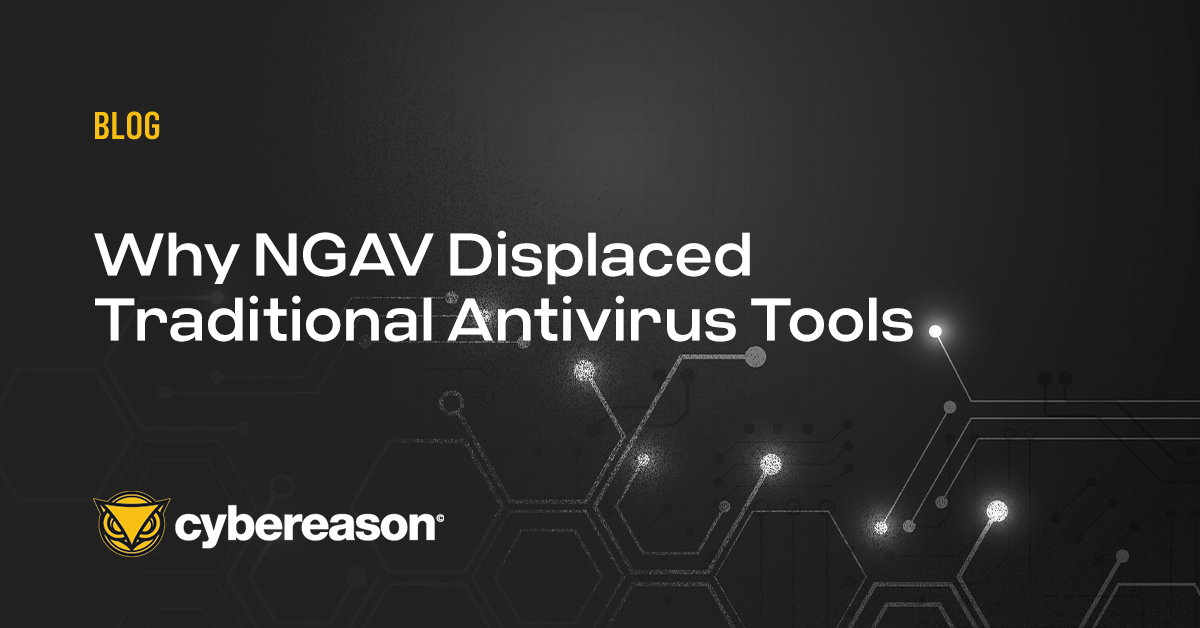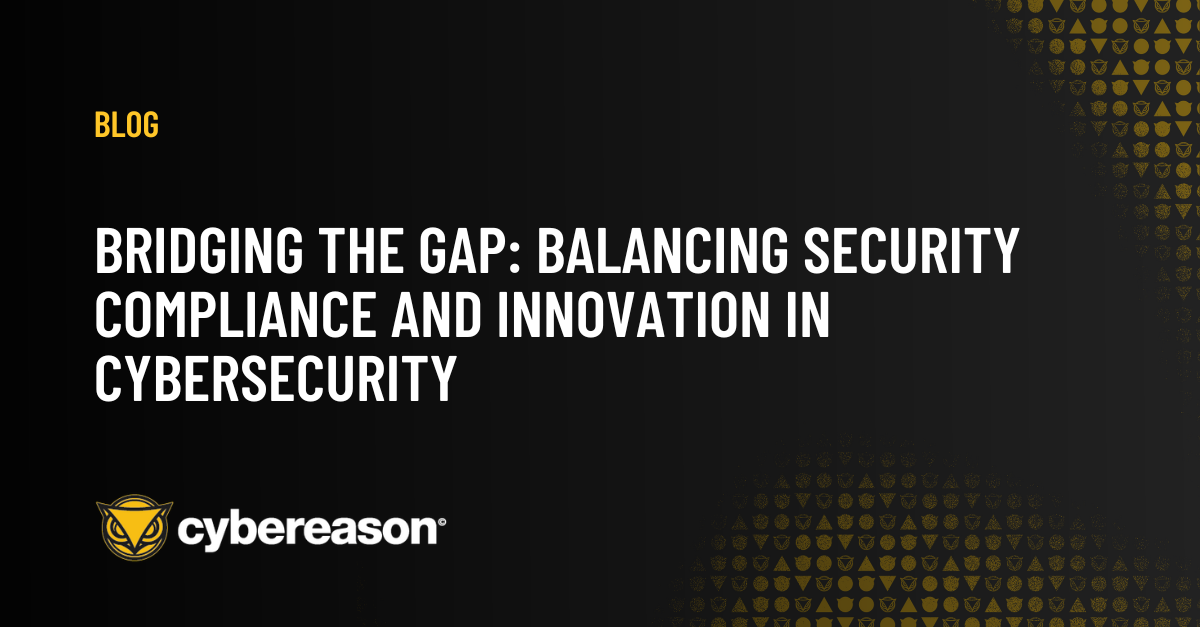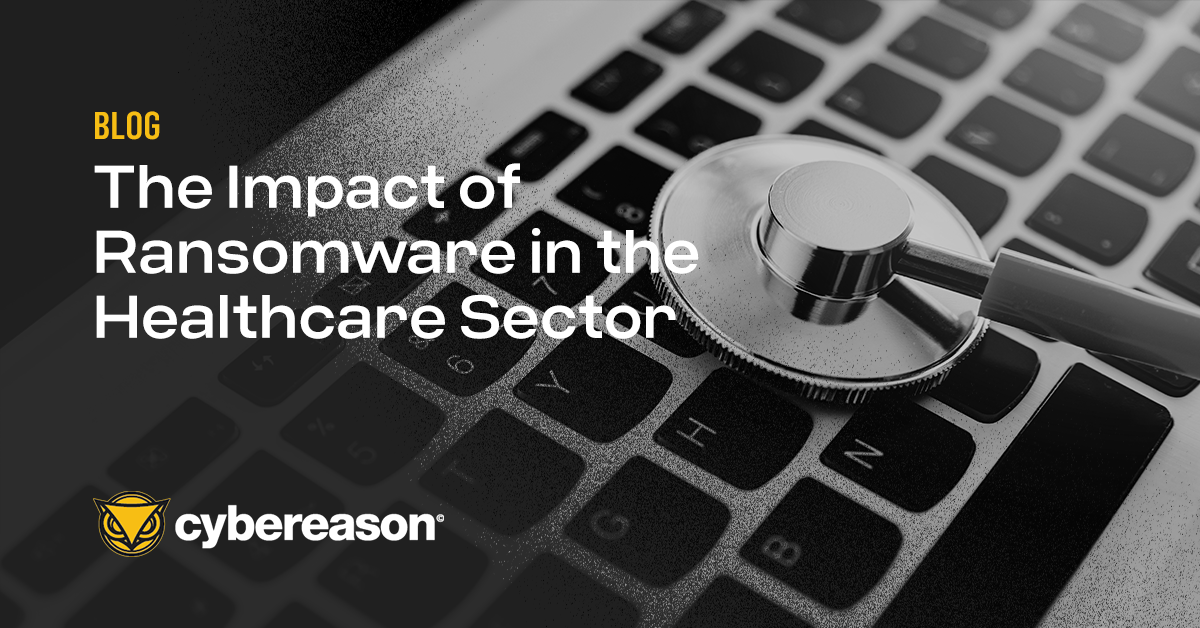As an Ex-Amazonian (AWS) and cloud-native guy by passion, I never thought I would write a blog post like the following. But I'm also a Defender, a cyber security enthusiast and most of all customer obsessed and therefore I recognize that the world is not black and white, instead it's colorful with a wide range of colors and several nuances. So are the requirements from companies. This leads us to the questions:
Cloud or No-Cloud? - What´s the trade-Off?
In today's rapidly evolving digital landscape, businesses across various sectors are increasingly embracing cloud solutions to enhance efficiency, scalability, and innovation. Traditional software and licenses are often burdened with the cliché of not being able to scale, being maintenance-heavy and, above all, not being up to date when it comes to the latest features.
However, for some industries like e.g. hospitals, banks, and defense and space sectors, adopting cloud solutions isn't always straightforward. These, but also other sectors very often face unique challenges rooted in stringent security and compliance requirements, as well as architectural boundaries that limit their ability to migrate sensitive data and operations to the cloud which also includes the usage of SaaS.
Security and Compliance Concerns
For hospitals, patient data privacy regulations such as HIPAA in the United States impose strict guidelines on how sensitive health information is handled and stored. But moreover, the Mix of IT and OT devices qualify for a unified solution that runs in the network, sometimes a mix of air-gapped and standard network DNS isolation.
Similarly, banks are subject to a myriad of financial regulations, including PCI DSS (Payment Card Industry Data Security Standard) and GDPR (General Data Protection Regulation). These regulations demand robust security measures to protect customers' financial data and personal information, making it challenging to adopt cloud solutions that may not meet these stringent requirements.
Meanwhile, defense and space organizations operate within highly sensitive environments where national security is paramount. These entities often deal with classified information and proprietary technology, necessitating stringent security measures and restricted access protocols that may not align with typical cloud infrastructures.
Architectural Boundaries
In addition to regulatory hurdles, architectural constraints further complicate the adoption of cloud solutions in some industries. Legacy systems, complex networks, and specialized hardware often make it challenging to seamlessly transition to cloud-based environments without disrupting critical operations and compromising security.
Embracing State-of-the-Art Features
Despite these challenges, companies and industries cannot afford to stagnate in terms of cybersecurity capabilities. With the ever-evolving threat landscape, the need for advanced Endpoint Detection and Response (EDR) tools is more critical than ever. These tools provide real-time monitoring, threat detection, and response capabilities to defend against sophisticated cyber threats.
The Impact of NIS2 Regulatory
Adding to the complexity, the upcoming NIS2 regulatory framework will force many companies to rethink their security strategies. NIS2 (Network and Information Systems Directive) aims to enhance the cybersecurity posture of critical infrastructure sectors across the European Union. This directive will impose additional security and reporting requirements, further emphasizing the need for robust cybersecurity solutions. As a consequence, industries which before had been out of scope and companies and even smaller companies in terms of employees and revenue will be in scope. It will be obligatory for management to take responsibility regarding their cybersecurity maturity.
Closing the Gap with Cybereason On-Prem
Circling back from the initial jumping point, it's on each company to define their landing zone in regards to Cybersecurity solutions, the associated posture and the deployment type.
Fortunately, there's a solution that bridges the gap between security compliance and innovation: Cybereason On-Prem. Cybereason offers a cutting-edge NGAV and EDR solution designed to meet the unique needs of organizations that cannot leverage cloud-based platforms due to security and compliance concerns or architectural boundaries.
Cybereason On-Prem delivers all the state-of-the-art features and capabilities of modern EDR tools while allowing organizations to maintain control over their security infrastructure within their own premises. By deploying Cybereason On-Prem any organization can effectively protect their endpoints, sensitive data and operations without compromising on security or regulatory compliance. Check out more details HERE or experience it in a Live Attack Simulation.
In conclusion, there's no need for companies and industries to make trade-offs between security and innovation that often comes along with cloud-delivered SaaS. With Cybereason On-Prem, organizations can confidently embrace state-of-the-art cybersecurity technologies while maintaining the highest standards of security, compliance, and control. It's time to bridge the gap and unlock the full potential of cybersecurity in even the most challenging environments.





